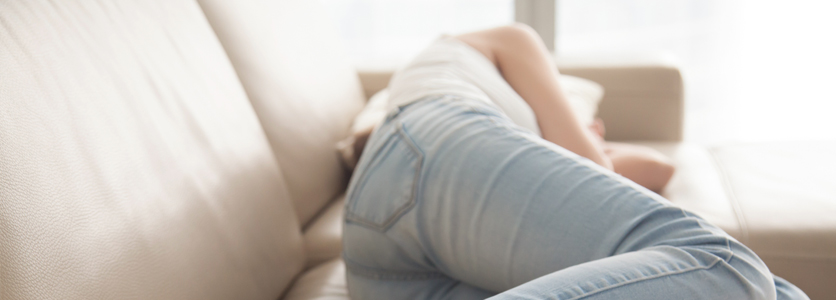Today, the importance of women in our society is beyond imagination. Women with their ambitions, intelligence and strength have surely contributed to the development of a modern society.
As a gynaecologist, I believe in women’s strength and needs, always wanting to enhance and maintain their functionality. Women’s aesthetic appearance and anatomy will change especially their body and pelvic floor as a result of childbirth, abdominal delivery, instrumental delivery, ageing, and other factors. It is a gynaecologist’s duty to address these concerns and assist them in reaching a higher level of physical and mental satisfaction.
Cosmetic Gynaecology has become one of the fastest growing subspecialties for women and it is also the pooling of interest from specialists in gynaecology, urogynecology, urology, and plastic surgery world widely. This includes non-surgical and surgical cosmetic procedures to enhance the aesthetic appearance of the vulvo/vaginal region and a functional vaginal repair to enhance or help restore sexual function. A variety of new methods like hormones, platelet rich plasma (PRP), hyaluronic acid (HA), adipose tissue, laser, radio-frequency devices have been explored. These aim to solve women’s problems including vulva/vagina deformity, scars, tenderness, atrophy, prolapses, incontinence as well as enhance sexual pleasure. Furthermore, to maintain functionality and aesthetic appearance of a woman is far more complex than using a simple idea of hormone replacement for all. Multiple hormones are involved which need to be weighed between the different types, forms, benefits and potential risks. Thus, case selection, customization, discussion and counselling are very important steps to achieve a fair result.

Numerous scientific studies supporting vaginal rejuvenation are surfacing and being presented at scientific meetings throughout the world. However, it is vitally important for more high-level scientific studies to be completed in order to validate these procedures for women.
To mention some examples; Madam M is a 60-year old woman presented with mild stress incontinence for the past 10 years. She felt shy and uncomfortable with the symptoms and odour. It affected her daily social life and did not improve even with pelvic floor exercises. She looked for a solution that did not involve surgical intervention. A clinical examination showed that she had stage 1 cystocele (prolapsed bladder) due to anterior vaginal wall compartment defect. Discussion and options were given to her and she decided to try laser therapy. A usual three cycles of stress incontinence and prolapse protocol was planned for her. Her symptoms were treated after the first cycle of laser therapy. In the 4th month of follow-up, she remained asymptomatic and was discharged from further follow-ups. In fact, her remaining second cycle was cancelled due to failure to insert the probe caused by significant vagina wall constriction. She went home and agreed to avoid lifting heavy items and continue her pelvic floor exercises.
Another example is Madam K, a 54-year old lady who had undergone menopause. She complained of difficulty to urinate when prolapse occurred. She had a tape insertion many years ago for her stress incontinence. This was a tape placed under the urethra to stop urine leakages. A clinical examination showed that she had stage 2 cystocele with a mild left hydronephrosis (kidney swollen with urine that does not drain properly) and elevation of creatinine level which implied an inefficient kidney. Discussion and options were given to her include a ring pessary insertion, laser therapy and surgical intervention. In the absence of insurance support and her reluctance to undergo surgery, she decided on laser therapy. Three cycles of stress incontinence, prolapse and rejuvenate protocols were arranged for her. There was a 50 per cent symptomatic relief after the first cycle. She was able to urinate comfortably and claimed that her cystocele protruded less. In the fourth month of follow-up after the completed treatment, she was still able to urinate comfortably. Clinically, her cystocele reduced to stage 1, her creatinine level became normal and her left side hydronephrosis was absent. With this significant improvement, she was discharged and advised to avoid heavy lifting and prolonged squatting while continuing her pelvic floor exercises.
In conclusion, women’s perception and perspective towards quality of life has advanced to a higher level. Instead of living a life, as a gynaecologist, we shall work together with women to savour the flavour of life.
Share:
Was this article helpful?
Share:
Was this article helpful?
Health Packages
Elevate your health with tailored health packages at Columbia Asia Hospital. Take charge of your health journey today.

